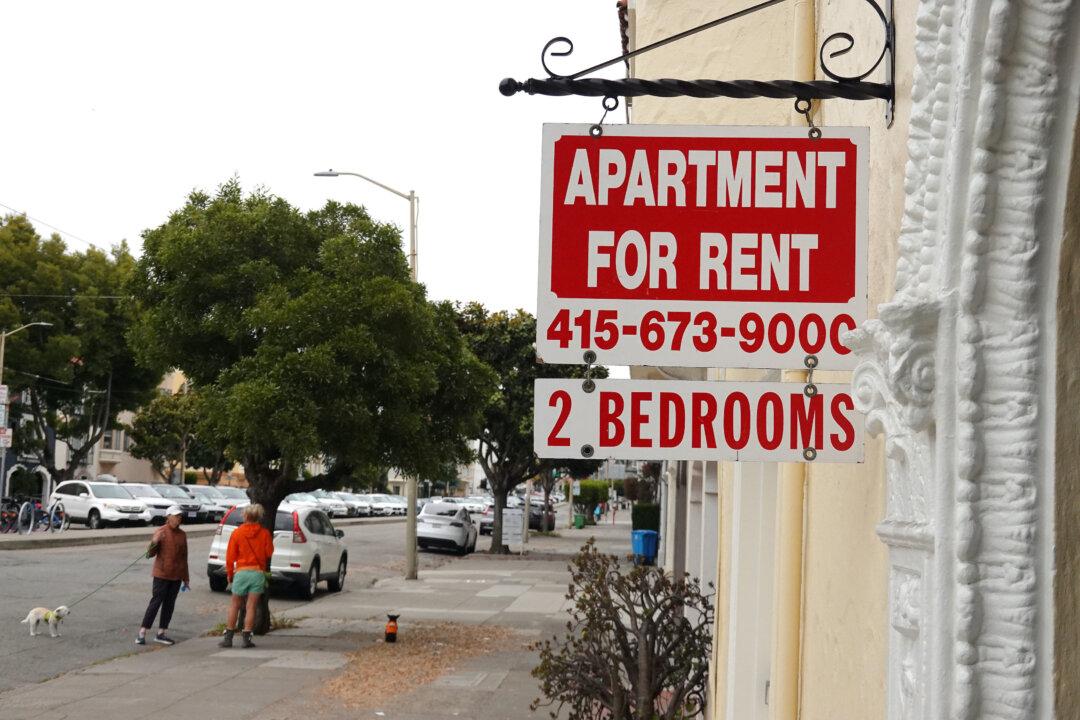Renting a home is now more affordable than buying one in 50 large metros across the United States, with elevated mortgage rates being a key reason affecting home affordability.
“In February 2024, the U.S. median rent continued to decline year-over-year for the seventh month in a row, down 0.4 percent for 0-2 bedroom properties across the top 50 metros,” according to a March 26 report from Realtor.com.





